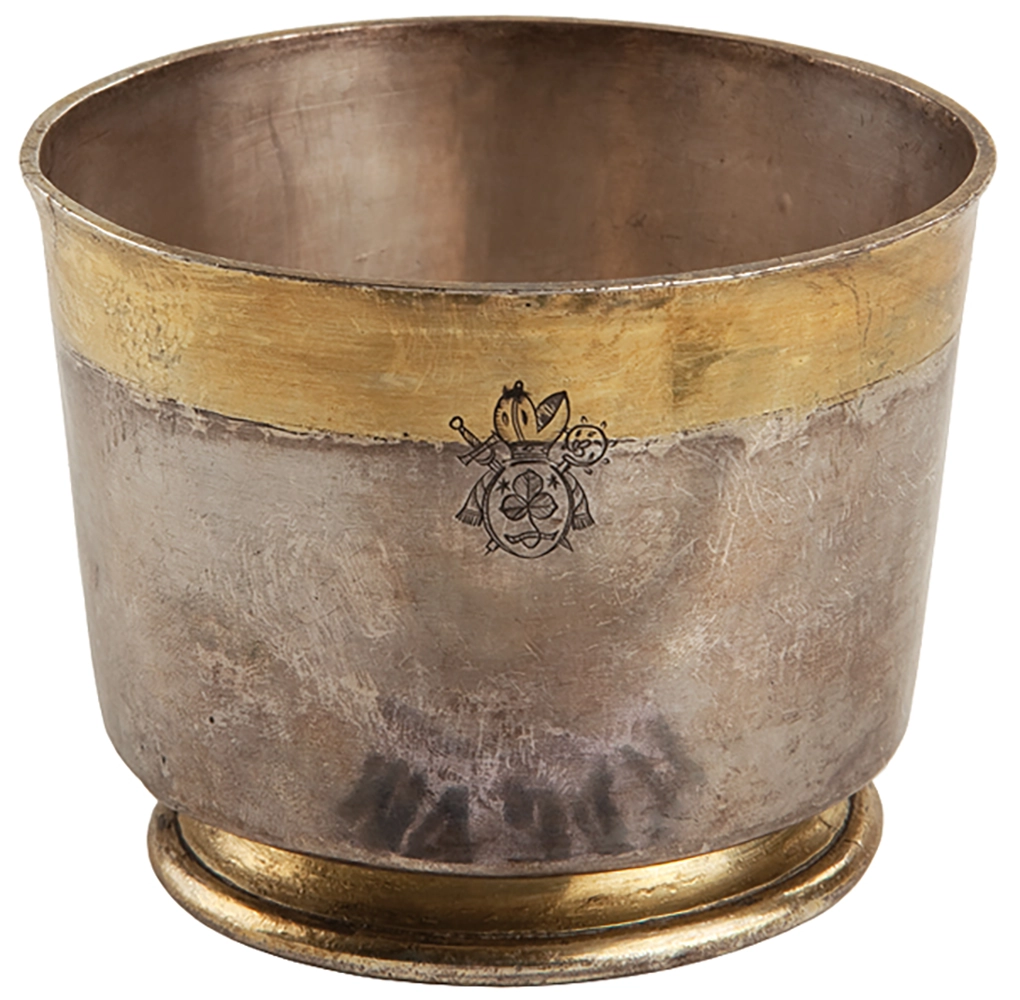Modern Times

The Era of Pioneers
At the end of the Middle Ages, despite political upheavals, the same economic system persisted. However, village communities and patrician families gradually began to carve out their own niche. As a result, commercial exchanges developed primarily on a regional scale: selling and buying wine, supplying local inns and taverns, and providing wine to the non-wine-growing Upper Valais region.
Some enterprising landowners began experimenting with techniques to improve the quality of wine, make cultivation more profitable, and explore new commercial opportunities. They were the pioneers of a burgeoning commercial viticulture.

Priests at the controls
Priests, cures and chanoines from the Ancien Régime had as their jobs to take care of vines. They often turned this work over to others for periods of time that varied -, one, three, eight, ten, twenty years or even for life. Sharing the harvest between the owner and the renter happened in place, with each one having tasks to fulfill (repairs, irrigation, transport). Several rental contracts, dating from the start of the 17th century, encourage renters to plant vines on abandoned land or in the fields. Thus it was that 18 April 1602 the overseer of Sion, Adrien de Riedmatten, gave a lease to Jean Rossoz, who lived in Molignon, for a field located in the vines in Vurpellière, in Molignon. He noted which grape varieties the planter must put in: Rèze, Arvine, the best red and Humagne. This is the first time Arvine is mentioned in a document!


